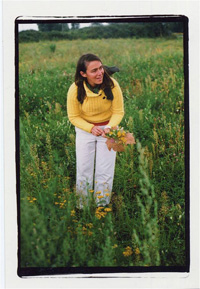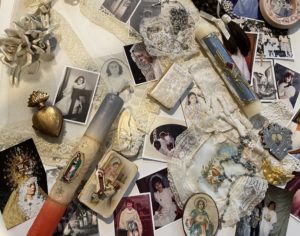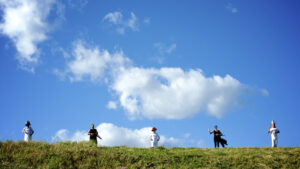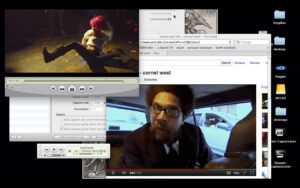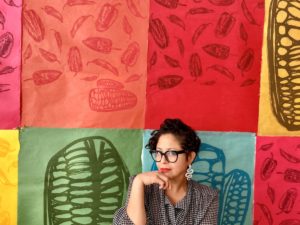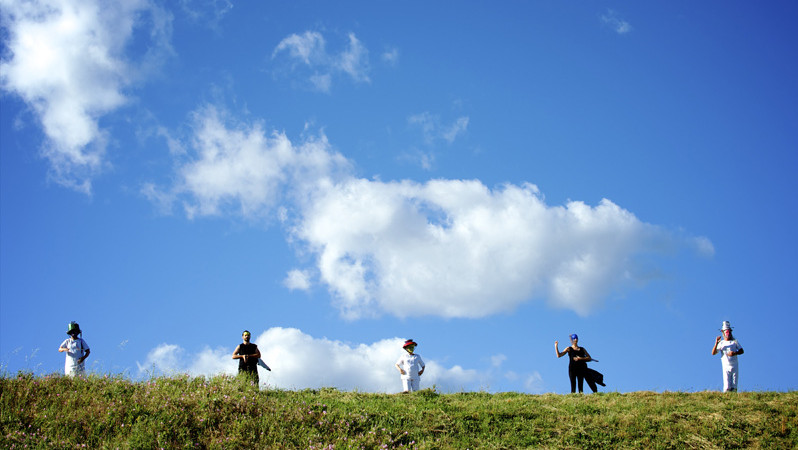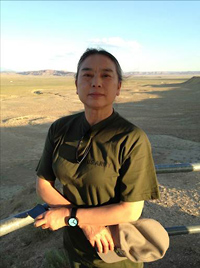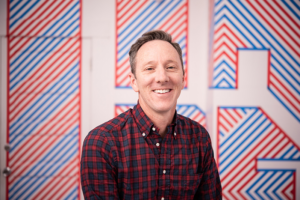Activity
This assignment uses the structure of the superhero teams Justice League and Super Friends to create individual superheroes who will work together to achieve a common good. Within this assignment students can work individually and in groups toward the collective goal of justice for all. Each individual student will develop a superhero using the provided template as a guide (Parts 1, 2). For an additional layer of cooperation and civic engagement, students can form Justice Leagues composed of their superheroes. These teams will participate in actions that contribute to the common good of a community site (Parts 3, 4, 5).
Media
Mixed Media, performance, social practice
Materials
Fabric, paper, stickers; optional: digital camera, flip camera, paper, pencil, video camera
Download This Activity
About Open Studio
Designed by practicing artists, the Open Studio classroom activities aim to connect high school teachers and students with key ideas and issues in contemporary art. See all of the Open Studio activities.
Assignments
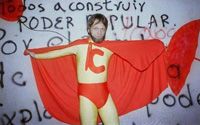
Mayor Antanas Mockus
Part 1: Superhero/Create a Superhero
Steps
Each student creates a superhero.
Students develop a 10-minute presentation of their Superhero Template.
Students form Justice League groups.
Each student identifies a problem that his/her superhero can fight to solve or identifies a common good that they can protect. They will use the Superhero Template (below) to guide their inquiry. For an in-class example, use Superman or another well-known superhero.
Examples from real life include a superhero figure Chilean students have used in the street to fight for educational reforms and a mayor in Colombia who dresses as Super Citizen to vanquish wrongdoing and promote humanity.
Examples:
- Chile superheroes dance for education reform
- Colombia’s Antanas Mockus hopes his Super Citizen past will help make him president
Superhero Template
Name:
Motto/Theme/Slogan:
Icon/Symbol:
Origin/Backstory:
Definition of the common good:
Weakness:
Archenemy:
Costume (include possible influences, such as traditional or ritual costumes):
Transitional architecture/Location:
Transitional portal:
Superpowers:
Street persona/Alter ego:
Describe a scenario where your superhero defends the common good.
What is the action he/she/it takes?
Is there any evidence left behind from the action (an icon or mark)?
Vehicle (if your superhero doesn’t fly, you may need this to get around):
Home base (the Justice League has the Hall of Justice; Batman has the Bat Cave):
Give a 10-minute presentation of your superhero (audiovisual support may include YouTube clips or comic book pages, for example).
If completing Parts 3–5: During the presentations seek thematic threads that can help you form Justice Leagues made up of 3 to 5 classmates. The goal is to form interest groups that will work toward a similar common good. These groups will support each other in their endeavors much like the Super Friends do.
Part 2: Superhero/Develop Individual Identity
Steps
Develop an icon, logo, or coat of arms for your superhero. For example, Superman has an S on his chest. What would be on your chest?
Design a costume. Start with a sketch and then create a real costume using fabric, paper, stickers, and any other materials you have on hand.
Part 3: Justice League/Group Site Research
A community provides a stage for cooperatively working toward the common good on social, political, and economic levels. This section of the assignment takes the class off-campus and into the world. Each group will visit a section of the city, town, or region. Prior to the visit students will research their site and form a line of inquiry for the visit. Groups will devise a method for researching the site and people, whether through interviews, observation, or video, inviting community members to class to talk about what they do, engaging in a volunteer day, etc.
Questions they may consider include:
- What are the values of this neighborhood’s residents?
- What challenges do they face?
- What could help them reach their goals?
- What could a superhero remedy?
Steps
Engage in direct contact with people.
Develop interview techniques.
Use media to capture primary research.
Inform research with real-world situations.
Justice League creates a name for their group based on their site observations and group discussions.
For the Teacher
Choose a central location where all groups will meet before and after their site visits, such as a town center or public library.
Divide center of city, town, or region into 4 quadrants. Each group/Justice League gets a section.
Students can use qualitative or quantitative research methodologies, such as interviewing community members, creating a journal of observations, or counting instances of interesting phenomena.
Part 4: Justice League/Group Site Research Presentation
Steps
Present results from site research, considering the 4 questions from Part 3.
Use media to present qualitative research, including interviews and observations.
Present problems or concerns that arose.
Get feedback from the class and instructor on how to work within the site.
Develop list of problems and solutions.
Propose an action, providing ideas about where and how it could be completed.
Part 5: Justice League/City Intervention
Justice League takes to the streets, acting as task force. They will perform an action that contributes to the common good and will document that action.
Objective
To create an action, performance, or situation that will promote their determined common good.
Present Final Projects
Prepare documentation of action, performance, or situation to share with the rest of the class.
Consider having a superhero meet-up, gallery exhibition, or event so that students can share their projects with others outside the class.
Suggested Reading/ Listening
- Wikipedia entries for superhero, justice and common good.
- Pericles’s Funeral Oration
- Art, Truth + Politics, Harold Pinter, Nobel Peace Prize Acceptance Speech. 2005
- A Model of Christian Charity, by John Winthrop
- Selections from Second Treatise of Civil Government, by John Locke
- Barack Obama’s 2004 Democratic National Convention keynote
Suggested Collaboration
If possible, invite a political science teacher to suggest some readings about the common good and justice. Have the students read the readings and invite the political scientist to discuss the readings in person.
